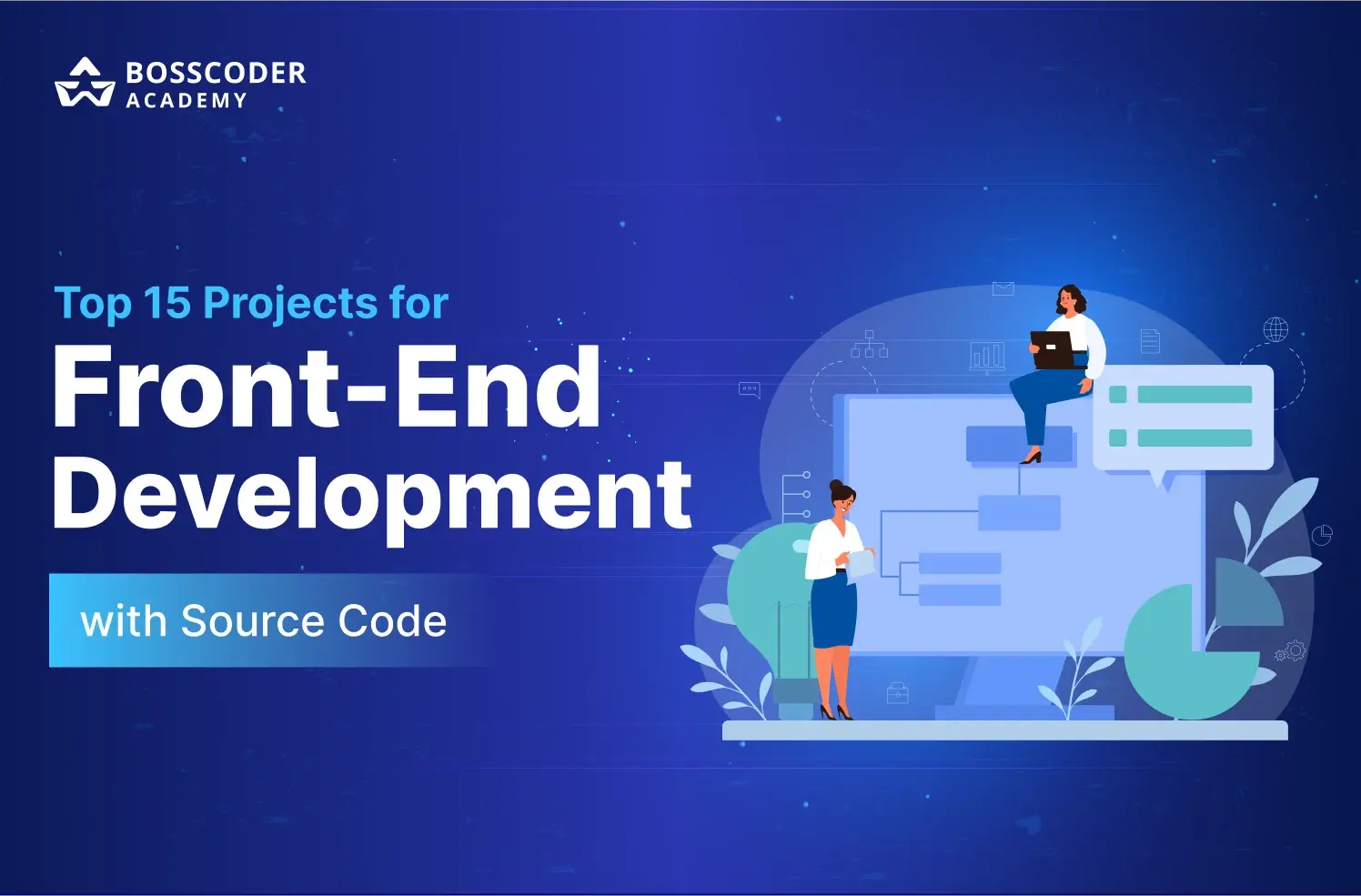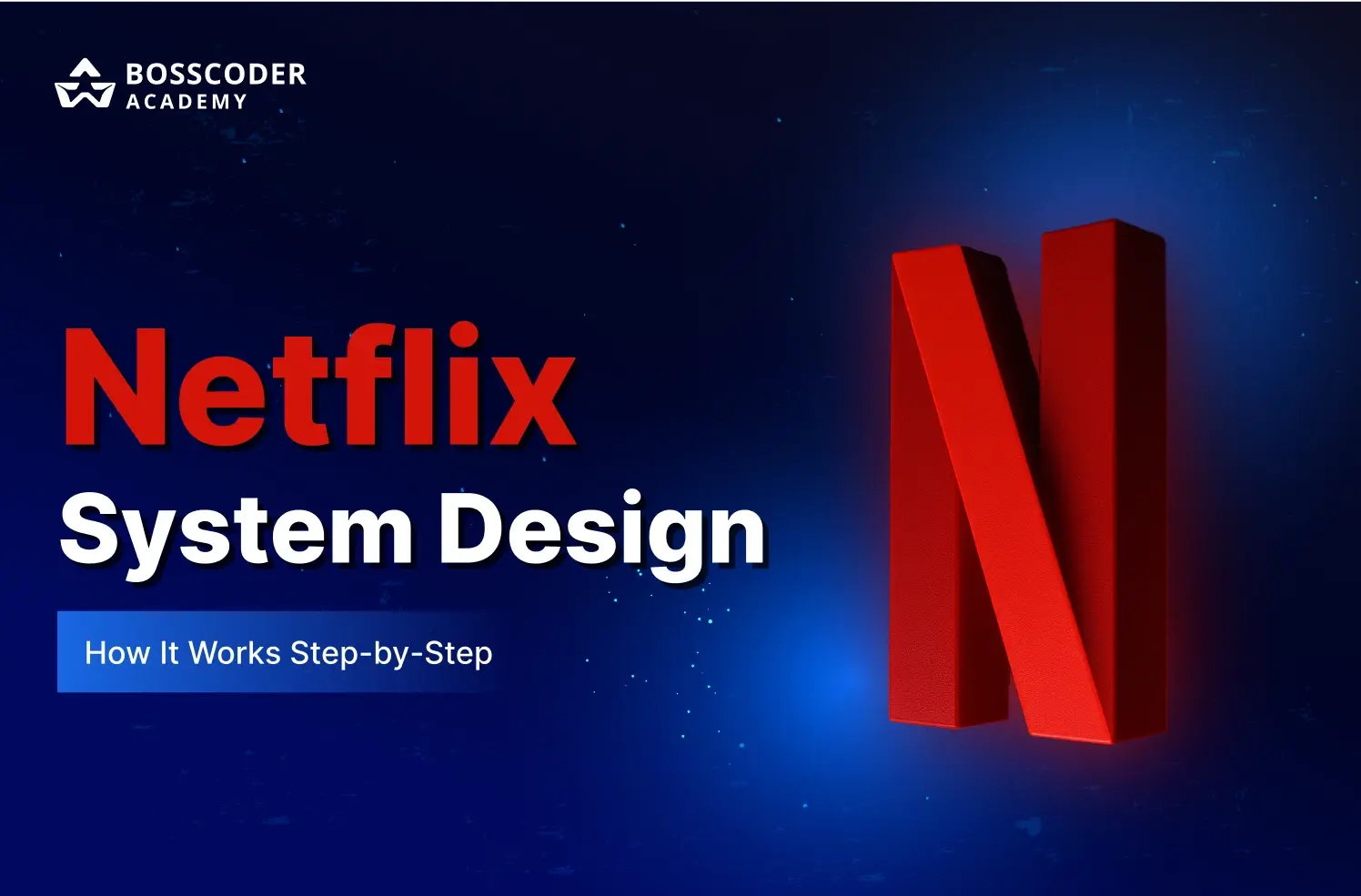 Software Development
Software Development2024 Tech Layoffs: Impact & Opportunities
Bosscoder Academy
Date: 9th February, 2024

Contents
Contents
As we journey into 2024, the tech industry continues to witness significant layoffs, a trend that started gathering momentum in the previous years. Renowned companies like Google, Amazon, and smaller startups have been part of this wave, letting go of thousands of employees.Major tech players like Unity, Twitch (owned by Amazon), and Google made headlines by cutting a considerable portion of their workforce.

The Current State of the Tech Industry
In January 2024 alone, nearly 25,000 tech workers faced layoffs from about 100 tech companies, including giants like Meta, Amazon, Microsoft, Google, TikTok, and Salesforce. This trend is not just about numbers. It reflects the volatile nature of the tech industry, influenced by various economic factors and strategic decisions.

The current state of tech layoffs is not just about losing jobs, it's also about how an industry is transforming. Individuals must adapt when businesses adjust their strategy in response to market demands and technological improvements. Embracing change, therefore, becomes not only a need but an opportunity—an opportunity to realign career trajectories, to innovate, and to prosper in the new tech norm.
Why Do Layoffs Happen?
Understanding why layoffs happen is crucial to bounce back from the feeling of rejection and fight back. Layoffs are complex and can occur for various reasons, sometimes unique to the company’s situation or industry trends.
While they can be disruptive, layoffs also present an opportunity for renewal and growth. Some of the primary factors that lead to layoffs are:
Recession/ Economic Downturn: Economic recessions or slowdowns often force companies to re-evaluate their workforce. During these periods, businesses may experience decreased revenue, leading to budget cuts and, consequently, layoffs.
Shifts in Market Demand: The tech industry's hiring spree during the pandemic, a period marked by increased digital activity due to social-distancing rules, led to an over-expanded workforce. Post-pandemic, companies realised the need to scale back to streamline operations and focus on key priorities like investing in emerging technologies such as AI.
Technological Advancements: The tech industry, in particular, is prone to rapid changes. Innovations can render certain skills or roles obsolete. Companies may need to lay off employees whose skills no longer match the emerging technological landscape, while simultaneously seeking talent more aligned with the latest technologies. AI, Data Science and Cybersecurity are the hot technologies that companies are investing into.
How does Layoff affect the employees?
The emotional and psychological impact of layoffs is intense for both, the laid-off employees as well as the “survivors” who stay. The process of downsizing is not just a strategic business decision. It significantly affects the mental well-being and professional dynamics of those involved.
For the individuals who are laid off, the experience is often traumatic. The immediate loss of job security can lead to a spectrum of emotions, from shock and disbelief to anxiety and stress about future prospects. This sudden change can also lead to a period of self-doubt and introspection, where individuals question their professional worth and abilities.
This atmosphere can lead to decreased morale and productivity, as survivors grapple with the changed dynamics in the workplace. The layoffs can lead to a perceived loss of job security and trust within the organisation, further compounding the emotional distress of the surviving employees.[1]
For the individuals who are laid off, seeking support during this time is crucial. Engaging with former colleagues, joining professional networks, or even considering educational opportunities can offer a pathway to recovery and new beginnings. It's also essential for laid-off individuals to practise self-compassion and to channel their energies into positive and productive activities to maintain a sense of purpose and direction.
Impact of Layoffs on the Tech Industry's Growth, Innovation, and Reputation
Layoffs can have a dual impact on the tech industry's growth. On one hand, they can temporarily stunt growth by reducing the workforce needed to push forward projects and initiatives. On the other hand, layoffs can also be a strategic move for tech companies to re calibrate and focus on core competencies, potentially leading to more sustainable growth in the long run.
The reputation of the tech industry can be significantly affected by mass layoffs. While layoffs might be seen as a necessary evil for financial stability and strategic realignment, they can also lead to a perception of instability in the tech sector.
Mass layoffs can lead to a surplus of skilled workers in the job market, potentially driving down wages and making the job market more competitive. This shift can also lead to an increase in freelance and contract work as laid-off individuals seek alternative employment opportunities.
How to Tackle Layoffs
For those who have been laid off, the current market scenario in 2024 presents both challenges and opportunities. The key to navigating this environment, particularly in the face of layoffs, lies in understanding the market, enhancing skills, and strategic planning. Here's how you can tackle the situation:
→ Understanding the Market Landscape
In late 2023, there were more than 8.7 million employment postings, indicating possible prospects even in a challenging economy. Keeping up with job market research and industry news is critical to identifying where opportunities may lie and which skills are in demand.
The Indian IT sector is witnessing a surge in areas like cloud computing, AI, data analytics, and cybersecurity. Familiarise yourself with these trends, as companies are on the lookout for professionals skilled in these domains.
For those on a visa in the USA or any other foreign country, staying updated on immigration policies is crucial. Understand the implications of your visa status in case of a job loss and the grace period available to find new employment.
→ How to Keep Yourself Relevant in this Dynamic Market?
The tech industry is dynamic, with new technologies emerging rapidly. Ensure you're consistently upgrading your skills. This doesn't just mean chasing every new technology but focusing on deepening your expertise in your chosen domain while staying aware of adjacent technologies. Engage in continuous learning. This could be through formal education, online courses, workshops, or even self-study
- Professional Networking:
Networking should be a consistent part of your career strategy. Building and maintaining professional relationships can open doors to new opportunities, provide insights into industry trends, and offer support during challenging times. Attend industry conferences, participate in webinars, and be active on professional networking sites like LinkedIn.
- Personal Branding
Develop and maintain a strong personal brand. Your personal brand is how you present yourself to the world and differentiate yourself from others. Consistently sharing your knowledge, insights, and experiences on platforms like LinkedIn or a personal blog can enhance your visibility and establish you as a thought leader in your field.
- Financial Planning
Consistent financial planning is crucial, especially considering the unpredictability of the tech job market. Have a clear understanding of your finances, invest wisely, and ensure you have an emergency fund to tide over potential periods of unemployment.
- Mental Health and Well-being
Maintaining your mental well-being is as crucial as managing your professional growth. Regular exercise, mindfulness practices, hobbies, and seeking professional help when needed are all important aspects of ensuring that you are consistently at your best.
Conclusion
We all know that the IT business can be unexpected at times, which might be concerning, especially with all of the layoff news. However, it is an excellent time for us to consider these shifts as opportunities.
We can ensure that we're always in demand by keeping up with the ever evolving and expanding IT area. Now is the moment to make wise decisions with calmness. As the technological world evolves, we must adapt, always learning and developing.
2024 is witnessing a dynamic transformation in India's digital landscape, fueled by government initiatives, foreign investments, and a surge of startups. The IT sector is on an unprecedented growth trajectory, poised to reach a staggering US$26.45 billion this year, including a thriving outsourcing segment worth US$10.51 billion. This momentum shows no signs of slowing down, with an annual growth rate of 12.98% projected until 2028, potentially reaching a market volume of US$43.09 billion.
In response to this exponential growth, IT companies are gearing up for significant hiring activities. In 2024 alone, they anticipate hiring 12-15% more professionals, starting with an 8-10% increase in the early months and expected to surge to 12-14% later in the year. The digital world is abuzz with opportunities, and India's tech sector is at the forefront, ready to embrace the future.
Bosscoder Academy is the key companion for aspiring and experienced IT professionals in these changing times. The demand for data-savvy professionals increases as the Tech industry advances. We are committed to developing the next generation of data scientists and technology visionaries. Join us on this path of expansion and reinvention, where your ambition meets our knowledge.
Click on Upskill Now to always stay relevant and secure your future in tech.
FAQ’s
- What are the main reasons behind the recent layoffs in the tech industry?
The main reasons include economic recessions, shifts in market demand post-pandemic, and the need for companies to invest in and adapt to emerging technologies like AI.
- How do layoffs affect the mental health of employees?
Layoffs can lead to a range of emotional responses, from shock and disbelief to anxiety and stress about future prospects. 'Survivors' may also experience guilt, fear, and increased stress, affecting overall morale and productivity.
- What strategies can individuals use to navigate through layoffs?
Individuals can navigate through layoffs by understanding the market landscape, regularly upgrading their skills, engaging in professional networking, developing a strong personal brand, and ensuring consistent financial planning.
- How do layoffs impact the growth and innovation in the tech industry?
Layoffs can temporarily stunt growth by reducing the workforce needed to push forward projects. However, they can also lead to a strategic focus on core competencies, potentially fostering innovation in specific areas.
- What should individuals focus on to recover from layoffs and seize new opportunities?
To recover from layoffs and take up on new opportunities, individuals should focus on understanding the evolving job market, upcoming new technologies, enhancing their skill set, building professional networks, maintaining a strong personal brand, and taking care of their mental health and well-being.
Related Blogs

Amazon SDE 1 Interview Experience
Date: 13th May, 2025

Google Software Engineering Interview Questions [SDE-2]
Date: 11th May, 2025

Top 15 Projects for Front-end Developers with Source Code
Date: 2nd May, 2025

What Are Microservices?: How They Work and Why They Matter
Date: 23rd April, 2025

Netflix System Design: How It Works Step-by-Step
Date: 21st April, 2025

Java vs Go – Which Language Should You Learn?
Date: 21st April, 2025
